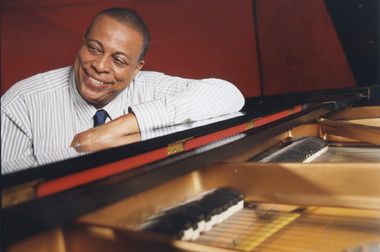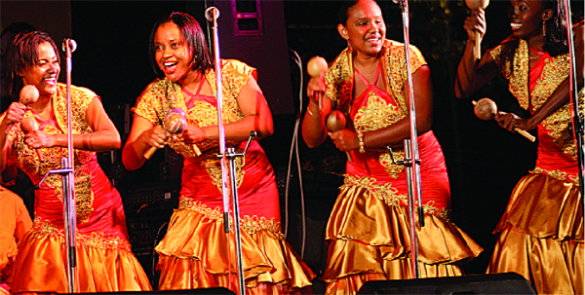The following article was written by Dr. Shihan de Silva Jayasuriya and published in Global: The International Briefing.
Indians with African ancestry often go unrecognised but perhaps this is to be expected in a country with a population of 1.2 billion whose diversity is as wide as the Indian Ocean.
Africans traders, sailors and missionaries moved across the Indian Ocean of their own free will for centuries. From the 13th century, African traders operated from Janjira, an island off the west coast of India, and from the 16th century Janjira became a power base for Africans who ruled not one, but two states in western India. In 1948, a year after independence, when India’s princely states were incorporated into the new India, the states of Janjira and Sachin were ruled by Sidis – the name by which Indians of African descent are generally known today…
… Being a heterogeneous group, they have lost whatever African languages they spoke in the process of settling down. A few of the elderly can recall some Swahili. But as many generations were born in India, most Sidis today speak the local languages -Gujarati, Marathi, Kannada and Telugu, for example.
Sidis are Indian, and blend in with the multicultural mosaic of India. In terms of clothing, housing and language, they cannot be differentiated from other Indians. Sidis have all but adapted to life in India, similar to the numerous other migrant groups. What really sets Sidis apart from other Indians are their artistic traditions. Sidis blend into India’s diversity but their music and dance signal a connection with Africa. Melodies and themes in Sidi music have been identified as Tanzanian and Ethiopian.
Sidi servants once entertained the noble courts with their ngoma drums, rattles and conch shells. Music and dance took on an important function, as it gave them something of Africa to hold on to while adapting to their new country. Sidis in Gujarat felt a need to form a new identity and entrenched some aspects of their ancestral culture by gathering at the dargahs (shrines) of their Sidi Sufi saints: Bava Gor, Bava Habash and Mai Mishra.
Sidi religious practices involve music, song and dance. Their polyrhythmic drumming style, known as goma, brings their African roots to the fore. Though originally a religious performance, goma was brought to the stage by the Sidi Sufis who considered the theatrical performances an extension of their worship. African drums (mugarman, which stands on feet; musindo, similar to a dhol, or double-headed drum, but only played with the hands; and armpit drums), malunga (braced musical bows), mai mishra (coconut rattle) and nafir (conch trumpet) add to the authenticity of the performance.
There are several goma groups, and the tradition has become a vehicle for Sidis to travel outside their village, across the country and overseas. Dressed in animal skins decorated with peacock feathers, and with painted faces, Sidis perform their African-derived music all over the world – in Malaysia, Ghana, Kenya, Tanzania, the USA and the UK. One audience member in Delhi admitted to having seen Sidis on the Discovery Channel but had not known that they lived in India.
Some Sidis believe they are descendants of the Prophet Muhammad’s first muezzin, Hazrat Bilal, an Ethiopian. Bilal’s beautiful voice and devotion to the Prophet won him this important position.
Over the past decade, scholarly interest in the Sidis has grown. They have established the Sidi Goma Al-Mubrik Charitable Trust, which is administered and managed by Sidis. The Trust aims to enhance the economic, social and educational needs of the community. This exemplary initiative might be a model for migrant communities to follow throughout the world.
For the original and full report: India’s hidden African communities.





